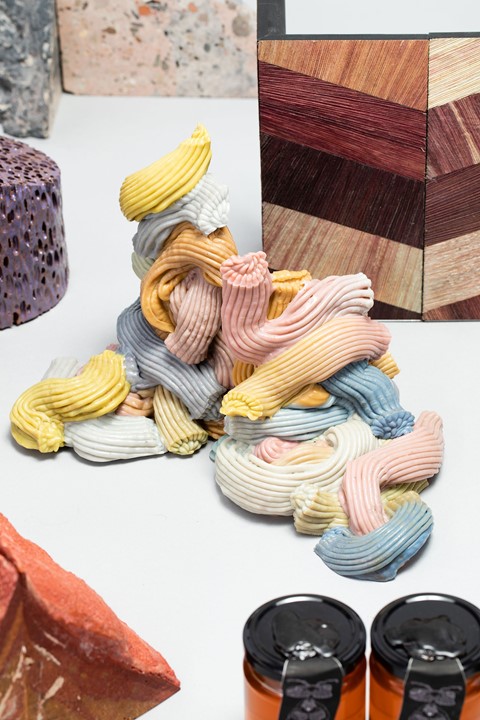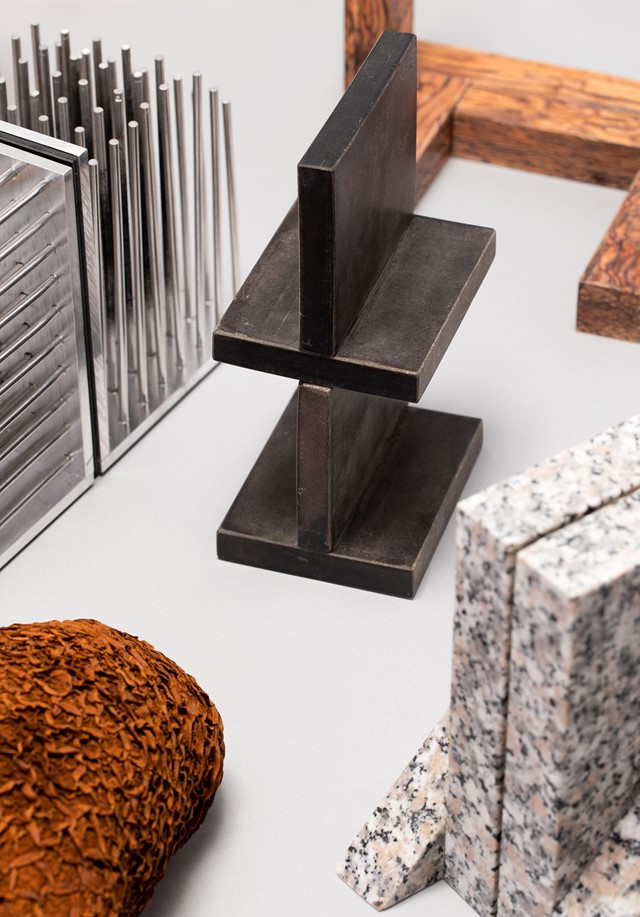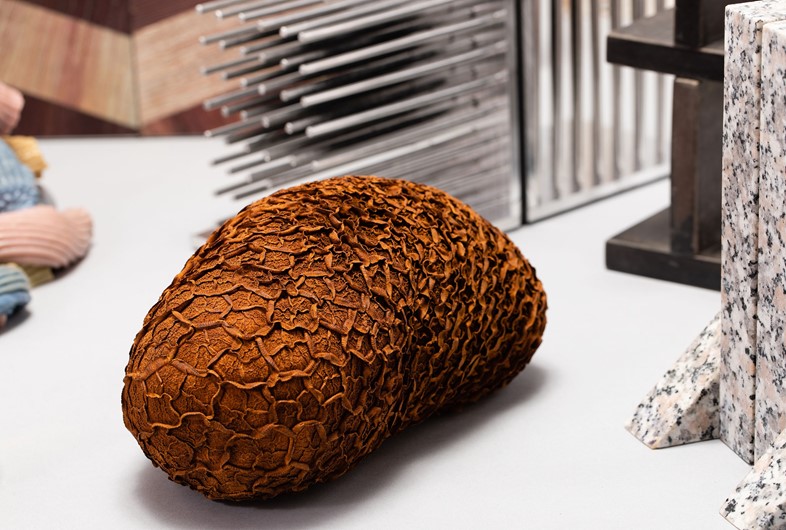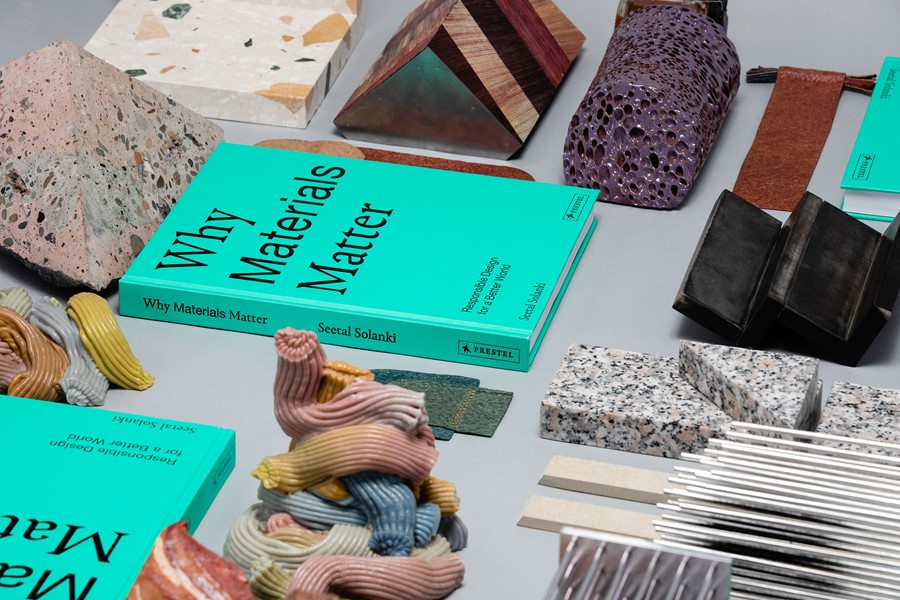With her new book exploring the future of materials, Seetal Solanki, founder of research and design studio Ma-tt-er, makes a powerful case for optimism
“I just want people to feel optimistic, because that’s how we feel,” explains Ma-tt-er founder and director Seetal Solanki, as she discusses the launch of the innovative studio’s debut book Why Materials Matter. “I hope readers see an optimistic view of the world and how materials really do matter, and how they can impact their life on a daily basis as well as in the future.”
The future of design is changing, and materials researchers like Solanki are steering the ship. Solanki describes Ma-tt-er as a “materials research design studio”. She and her team design, advise, educate and communicate what materials are and what they can be to anyone interested in implementing processes that see materials applied to everything from fashion to the home in a more responsible way. While this is the first book from Ma-tt-er, the studio has been operational for three years and has worked with an impressive spectrum of clients and projects to improve accessibility to sustainability and innovation. Right now, Solanki is working on projects in Bali, alongside the British Council and with EU funding. “We are doing a two year project out in the Gulf right now and at the moment the focus is on Saudi, so we are doing a lot of work with the British Council to develop a design language and approach that encompasses sustainability from the get-go. There is no real history of design with Saudi so this offers a clean slate in order for us to do so with sustainability embedded throughout,” she explains. “We're also working with Potato Head, which is a hotel group in Bali that works with local crafts people and materials in order to build their hotels. We will be using a zero-waste policy in order to do this; that means looking into the circular economy and using the waste that the hotel group already produces, plastic waste collected from the sea and beyond, native and indigenous materials,” she adds, “Indonesia is one of the largest plastic polluting places so there is an urgency for all of this to happen.”

While Ma-tt-er’s creative and consultancy services provide incredible opportunities to work with organisations and brands globally, Solanki is quick to emphasise the importance of access to information for everyone, so everybody can makes small changes and get to grips with the role of materials in our lives. She explains: “The book is to demonstrate what the landscape of materials is – it’s changed quite dramatically from what we know as metal and plastic. The whole world is matter. The kind of language that we’re using to describe materials has really changed. We consider air as a material, water as a material and lots of scientifically driven materials. People are growing materials with bacteria. It’s all becoming more interdisciplinary, so we have to change the narrative around materials to demonstrate that they all matter to all of us – ‘everything is made of something’ is a phrase we say quite a lot in the studio. It’s trying to get people to understand how it connects to them as well as the impact it has on our planet and future.”
Although the introduction of new materials is key to developing materials research, there is also an absolute need to address the potential of existing materials and finding new ways to use them. “The work we’re doing is making the links between material makers and designers in the industry, so they can implement them. That’s why our consultancy exists.” says Solanki. “There’s a real lack of awareness as to what is actually available, and it’s not just about introducing new materials. It’s about working with what the industry already has and using that to its full potential. There’s a kind of a misconception that new is always the way forward, but I really strongly disagree. There are so many other materials already that material designers are already working with and reforming into different contexts. That is really important because it’s not just about newness, it’s about reusing.”

One material alternative that already exists is a plant-based leather substitute called Malai. Solanki explains: “What they’re doing is growing a leather material from bacteria in coconut water. In humid environments the coconut water will form a skin, and that skin, left over 12 to 14 days, will end up feeling like a leather. It is completely water-resistant, plant-based and made from a by-product. It’s incredible and something that is purchasable now – it’s not a future material, it’s now.”
Materials will always be developed and produced, but the link between those materials and widespread change is communication. Creative directors, buyers, designers, makers and consumers can be ambassadors for improved manufacture and consumption, but they must first learn to consider the role of each element that makes up the environments we create for ourselves.

Why Materials Matter: Responsible Design for a Better World, by Seetal Solanki, is out now, published by Prestel.
